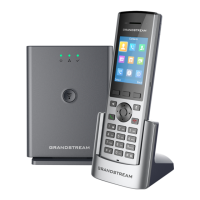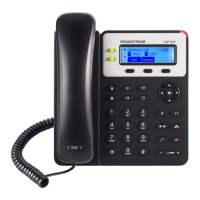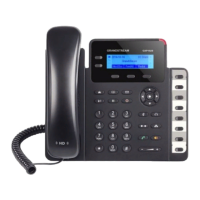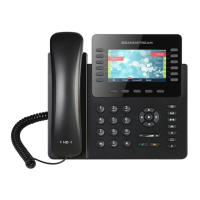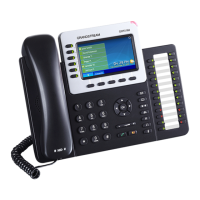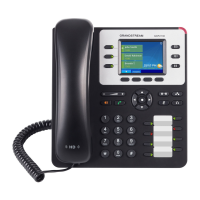Capacity Planning
The following table resumes the number of concurrent calls supported on DP7xx
Table 5: Number of Concurrent Calls
To avoid insufficient user experience through congested DECT network, the capacity for the DECT network
must be large enough to guarantee that the subscribers can be reached in high density traffic. A cell is at
full capacity when the number of connections required for each base station is larger than the number of
possible connections. Due to different usage patterns, the number of base station required to fulfil this
demand of voice channels may vary.
Note: The total capacity in the coverage area of a base station is always limited to the capacity of a single
base station.
To obtain more capacity in high traffic areas, users could install parallel base stations next to each other
where the cell size remains constant but the number of possible connections increases.
The DECT standard provides 120 radio channels that can be shared by several base stations. In practice,
approximately only one quarter of these channels can be used since neighboring channels interfere with
one another. Knowing that, the distance between base stations should be greater than a minimum of 2
meters.
Also note that using a large number of DECT base stations in a small area can affect the performance due
to the interference factor described above.

